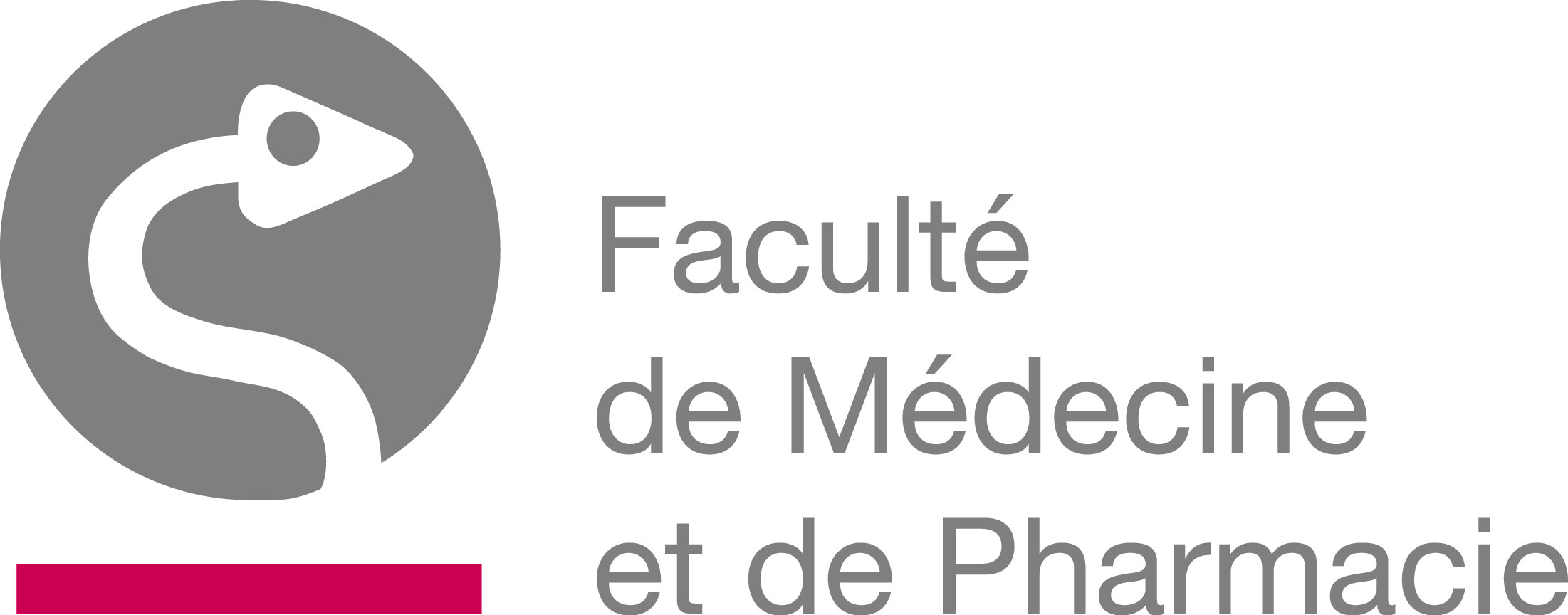 | Study programme 2018-2019 | Français | |
 | General Physiology | ||
Programme component of Bachelor's Degree in Biomedicine à la Faculty of Medicine and Pharmacy |
| Code | Type | Head of UE | Department’s contact details | Teacher(s) |
|---|---|---|---|---|
| UM-B2-BIOMED-014-M | Compulsory UE | LEGRAND Alexandre | M117 - Physiologie et réadaptation respiratoire |
|
| Language of instruction | Language of assessment | HT(*) | HTPE(*) | HTPS(*) | HR(*) | HD(*) | Credits | Weighting | Term |
|---|---|---|---|---|---|---|---|---|---|
| Français | 35 | 12 | 0 | 3 | 0 | 5 | 5.00 | 1st term |
| AA Code | Teaching Activity (AA) | HT(*) | HTPE(*) | HTPS(*) | HR(*) | HD(*) | Term | Weighting |
|---|---|---|---|---|---|---|---|---|
| M-PHPH-101 | General physiology | 35 | 12 | 0 | 3 | 0 | Q1 |
| Programme component |
|---|
Objectives of Programme's Learning Outcomes
- Understand, describe, analyse and prioritise biological phenomena
- Understand basic scientific knowledge and be able to use it
- Understand the expression of biological realities in absolute or relative terms, the orders of magnitude, proportions and probability
- Abstract, understand and apply mathematical translations of the main laws and biological phenomena
- Understand and use different graphical representations of numerical values and their relationships
- Perceive spatial distribution, and understand two- and three-dimensional representations and interconvert them
- Understand the chronology of a phenomenon and master the time scales and their representations
- Manipulate concepts of concentration and prepare solutions
- Control the molecular, morphological and functional approaches of normal and pathological conditions
- Understand the learning of physiological and pharmacological reasoning
- Demonstrate developed interpersonal skills
- Use a rich vocabulary linking concepts and words accurately
- Adapt lexical and syntactic choices in communication register (everyday language, medical language or scientific terminology)
- Work in a team
- Share knowledge and information
- Manage their studies
- Read, interpret, and critique a scientific article
Learning Outcomes of UE
At the end of the instruction, the student will master the basic principles of living processes in the human organism and in particular the notions of compartment and of exchange of matter, energy and information. He will be able to explain the concept of steady-state (integrated systems in regulated dynamic equilibrium).
He will be able to describe the functioning, regulation and adaptation of specific tissue such as skeletal and smooth muscles or blood.
The student will master theoretical representations of physiological processes (mathematical, graphical, …) and he will be able to mobilize his knowledge to describe, analyze and explain the physiological aspects in simple clinical situations.
The final aim of this knowledge is to enable the student to understand the functioning of major systems and their integration in the human being.
Content of UE
This learning is divided into two activities: - A series of lectures that will explain the concepts in their theoretical aspects as well as in their concrete consequences. - An individual learning, based on practical illustrations using multiple methods (laboratory and practical works, training and software use).
Prior Experience
Notions of chemistry, physics, mathematics, biochemistry, cytology, cellular biology, histology.
Type of Assessment for UE in Q1
- Presentation and/or works
- Oral examination
- Written examination
- Quoted exercices
Q1 UE Assessment Comments
The UE’s evaluation is based on a weighted average of the results obtained in the two activities. The weighting is 70% for the course and 30% for the laboratory work in physiology.
Type of Assessment for UE in Q3
- Presentation and/or works
- Written examination
- Quoted exercices
Q3 UE Assessment Comments
The UE’s evaluation is based on a weighted average of the results obtained in the two activities. The weighting is 70% for the course and 30% for the laboratory work in physiology.
Type of Resit Assessment for UE in Q1 (BAB1)
- Oral examination
- Written examination
- Quoted exercices
- N/A
Q1 UE Resit Assessment Comments (BAB1)
The UE’s evaluation is based on a weighted average of the results obtained in the two activities. The weighting is 70% for the course and 30% for the laboratory work in physiology.
Type of Teaching Activity/Activities
| AA | Type of Teaching Activity/Activities |
|---|---|
| M-PHPH-101 |
|
Mode of delivery
| AA | Mode of delivery |
|---|---|
| M-PHPH-101 |
|
Required Reading
| AA | Required Reading |
|---|---|
| M-PHPH-101 | Note de cours - Physiologie Générale - Prof. A. Legrand, A. Tassin Travaux Pratiques - Travaux pratiques de Physiologie Générale - Prof. A. Legrand, A. Lupant |
Required Learning Resources/Tools
| AA | Required Learning Resources/Tools |
|---|---|
| M-PHPH-101 | Slide presentations are accessible on eLearning web-platform . The nutritional recommendations for the Belgian population; 2016. |
Recommended Reading
| AA | Recommended Reading |
|---|---|
| M-PHPH-101 |
Recommended Learning Resources/Tools
| AA | Recommended Learning Resources/Tools |
|---|---|
| M-PHPH-101 | Sans objet |
Other Recommended Reading
| AA | Other Recommended Reading |
|---|---|
| M-PHPH-101 | Medical Physiology, Boron and Boulpaep, Ed SaundersMedical Physiology, A. Guyton et Hall, Ed SaundersPhysiologie médicale, Ganong, Ed. DeBoeck |